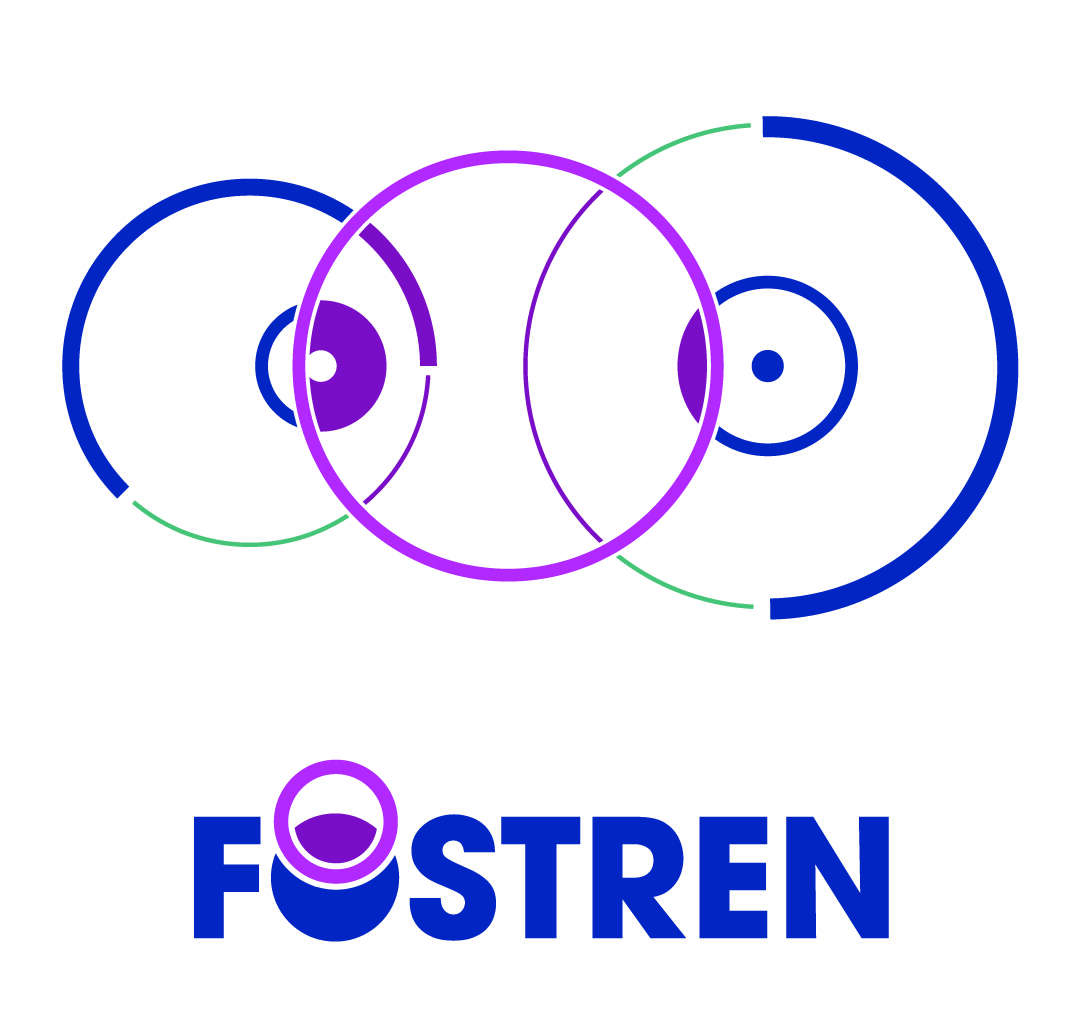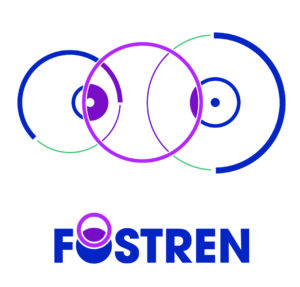Country blog Poland by Dr Jakub Lickiewicz
What is your country’s stand on coercion reduction?
In Poland, the use of coercive measures is regulated by the Mental Health Act (1994), according to which adequate coercive measures include:
- physical restraint, i.e. temporary use of physical force to immobilise a patient,
- compulsory administration of drugs, both on an ad hoc and planned basis
- mechanical restraint, immobilisation, which involves incapacitating the patient with the use of belts or other technical means,
- seclusion, which means placing the patient in a solitary, specially adapted room (Karcz, Zimmerman, 2017).
When coercive measures are required in Poland, mechanical restraints are typically used.
Medical personnel see a problem, and as they seek solutions, and there have been some initiatives to decrease the use of coercion in psychiatry. Some alternatives for coercion have been suggested by medical personnel, but they have been site-specific. There have been no policy changes, which typically come from and through the Ministry of Health.
In 2018, the Mental Health Act was amended, resulting in better control of coercive measures and is multi-staged. The requirement to verify the legitimacy of applying coercive measures significantly reduced their use. This was a step in the right direction, however, apart from legal solutions, systemic solutions are also needed.
Country blog Germany by Tilman Steinert
What is coercion and why does FOSTREN wants to reduce it
Coercion occurs in this context when a person receiving mental health care (i.e. a patient or service user) is compelled through physical force or threat to accept care or treatment against their will. It takes many forms in both community and hospital settings, comprising both legally constituted practices and informal strategies adopted by professionals and family and friends in crisis situations to manage violence, self-harm, suicide attempts, absconding and medication non-compliance. Its use varies widely across Europe. Many countries make extensive use of outpatient commitment, enforced medication and the option of compulsory admission to coercively manage patients in the community. Overt coercive measures within hospitals using physical force include enforced medication (‘rapid tranquillisation’), mechanical restraint and/or seclusion in a locked room.

